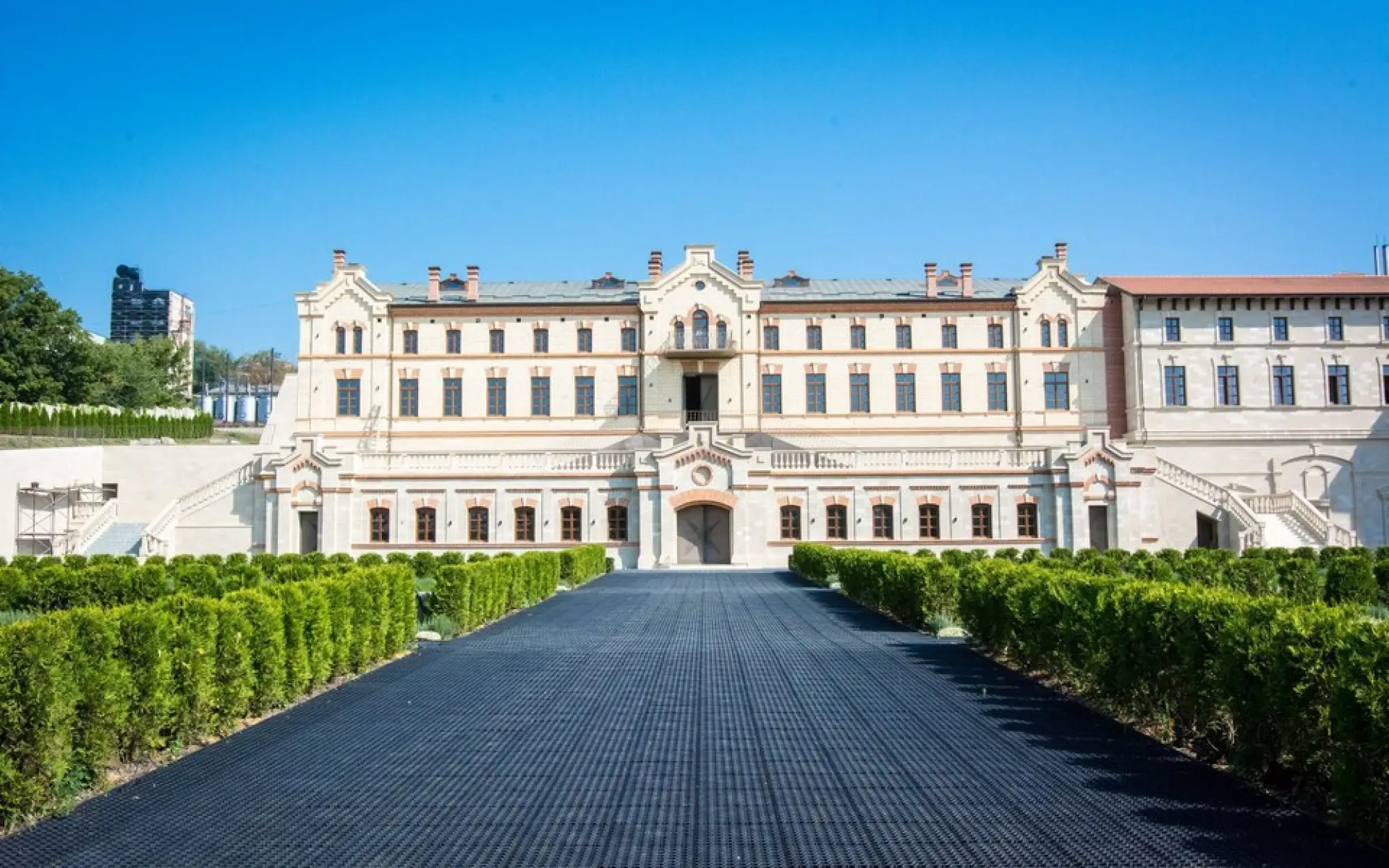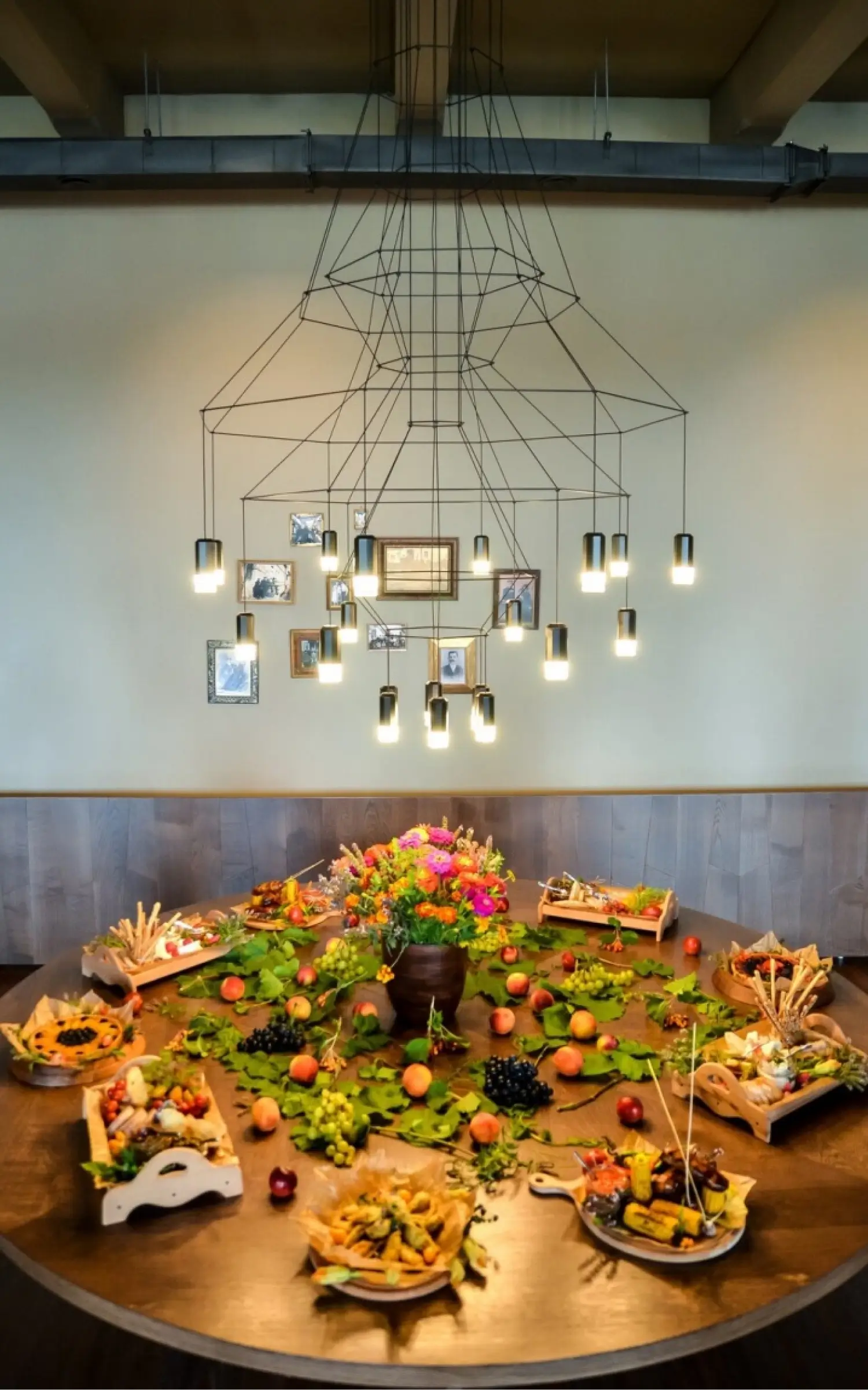
Why you should try Moldova instead of France for a wine holiday
October 12, 2021
And how Europe’s 11th largest producer of wine shook off its Soviet smear to become big news in viticultural travel
Castel Mimi looks lost – not just as a question of “where”, but as a matter of “when”. It is out of time as well as place – so much so that I am half convinced I have fallen through a hole in the fabric of everything, and emerged in the gardens of Versailles in the late 17th century. The property’s façade smiles with the smooth elegance of honied stone and neat windows gazing onto clipped hedges. Behind, there are rows and rows of vines, fluttering in the evening wind. Within, there are long cellars, brimming with bottles.
But Louis XIV is not at home, and the journey out of the city, rolling 25 miles south-east, has not carried me through perfumed Paris. Even at first glance, Chisinau bears all the scars of eastern Europe’s 20th century – those vast, grey, depressingly uniform apartment blocks that sprang up everywhere from Prague to Pristina in the Fifties and Sixties; the sudden return of fields and farms beyond an invisible line where the dreary housing ends.
I pull out my phone, and re-examine the map. There is my blue locator dot in the middle of little Moldova, with Romania massed to the west, Ukraine swarming to the north, and the Black Sea just 100 miles over the horizon. This really is the east. A European far east.
Yet the vineyards around me are exactly where they should be, and precisely where I expected to find them. Moldova is, by some statistics, the second poorest country on our home continent, but it is Europe’s 11th largest producer of wine, and the 20th biggest on the planet. Not bad for a country of barely 13,000 square miles, and just 2.6 million souls.
Of course, wine has long been its lifeblood. It certainly was from 1944 to 1991, when Moldova was one of the Soviet Union’s viticultural workhorses, pumping out endless gallons of unpretentious red and unremarkable white for export to Russia. Moscow may have a love of pricey vodka, but it spent much of the Cold War gulping Moldovan plonk.
The latter word is not one you should use while touring Castel Mimi. Set in the village of Bulboaca, it is perhaps the most photogenic example of Moldova’s attempts to rid itself of its mass-production image, and enter a new era where its wines compete with the best.
The company would argue that it has the history to do this, and that any references to France are entirely relevant. The property was built in 1893 by Constantin Mimi, a Chisinau-born aristocrat who had studied the art of wine-making in Montpellier, and was crafting fine vintages long before Lenin had sculpted his beard. It is to this period before the World Wars that the property has been seeking a partial return. Its restoration between 2011 and 2016 was a careful procedure that required the peeling away of layers of Soviet concrete from its exterior, and the removal of the railway tracks that cut into its courtyard (the main line which links Bulboaca to Chisinau and ultimately to stations in Ukraine and beyond runs just beyond its gates).
They have been replaced by a boutique spa hotel, regular food festivals and concerts, and a restaurant which pairs an intriguing menu with the glorious main product. The dishes placed in front of me – including a stew heavy on pork, root vegetables and mushrooms – are definitely east European. The wines poured out alongside them – an oaky sauvignon blanc, a gentle rosé, a light cabernet sauvignon, a pinot noir which gleams in the light – would be perfectly at home on a Frenchman’s table.
The process of moving on from the Cold War is less advanced in the capital. Moldova wore its strapping into the Soviet strait-jacket more unhappily than most. It found itself trapped on the frontier as the westernmost parcel of the USSR, fenced off with full barbed-wire ferocity from the Europe – even the Eastern Bloc incarnation of it – on its left flank. The ligature cut especially deeply in the case of Romania, the immediate neighbour with which Moldova has a great deal in common culturally, historically and linguistically.
This dead epoch drags its feet in the centre of Chisinau. The cathedral – a delightful relic of the 1830s, with a separate belltower – still sings with neoclassical joy, but probably only still exists because it was converted into an art gallery during the Sixties. The same cannot be said for the other 19th-century buildings which once faced it across the square. They were demolished to make way for the undisguised brutalism of what is now “Government House” – a vision of Soviet control, constructed in 1964. The national opera house, two blocks to the north, is softer of purpose, but just as stern of architecture. The presidential palace, next door, is harder still – an unlovely concoction of white blocks and mirrored windows which needs no blue plaque to “reveal” that it was completed in 1987.

